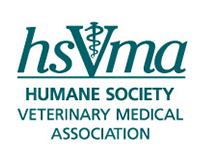National Disaster Preparedness Month Is Opportune Time for Veterinary Clinics to Develop Disaster Plansby Barry Kellogg, VMD September 12, 2012 Can you imagine having to post this message on your clinic or facility?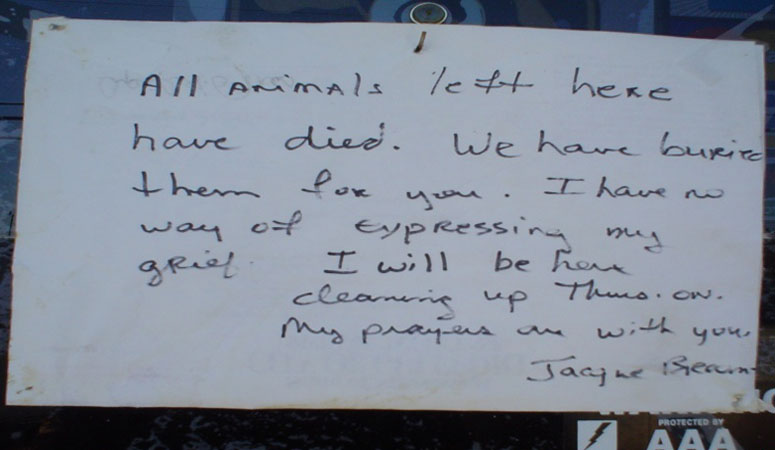 Dr. Edward Feinberg This is an actual notice that was found posted on the front of a veterinary clinic after Hurricane Katrina. Nothing could better emphasize the need for disaster planning. In the recent aftermath of Hurricane Isaac, and with September being National Preparedness Month, I would like to take the opportunity to share some thoughts on disaster preparedness for all of us entrusted with the care of animals. I have personally been deployed to numerous disasters both natural and manmade, domestically and internationally. I originally worked to develop VMAT 1 (a veterinary disaster response team) and played a key role in the development of the entire VMAT program nationwide. I have responded to a large number and variety of disasters, including multiple hurricanes and floods across the U.S., including serving as the Lead Veterinarian for the 9/11 response in New York. The most important thing to remember is that it is not just the obvious that we need to be prepared for, but a long list of potential disasters; whether in-house such as a fire, geographically-local such as an extended power outage, or even nationally such as a major health or disease crisis. 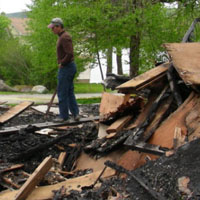 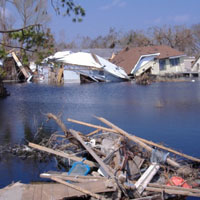 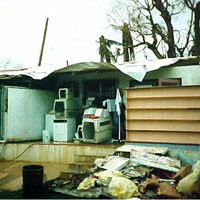 Barry Kellogg, VMD
Getting PreparedWhen addressing disaster preparedness, we need to divide the concept into the following four areas. Each area needs to be addressed completely; do not just focus one or two of the obvious or "exciting" ones:
It is also important to accept that a plan is not a plan unless it is written. Thoughts about "what you would do if..." are lost in the aftermath and emotional crisis of a disaster. I will never forget my first formal response to a disaster, which was Hurricane Marilyn in the Virgin Islands during the busy 1995 Atlantic hurricane season. I led a small VMAT Team to St Thomas. The first veterinary practice that we surveyed was to a two-person practice on day three, post hurricane. It was run by a husband and wife team – both veterinarians. The husband met us in front of the building in very dirty clothes and looking very tired and short on patience, and he told us "we don’t need any help – we are doing fine." Then, his wife came out of the building, saw us and, after hearing we were there to help, she immediately broke down and started to cry. What a perfect example of how your emotions can interfere with appropriate responses. Just providing them some coverage in their clinic and allowing them to get some down time was the best contribution we could make. People often ask me, "What is the most important thing to think about when developing a disaster plan?" That is an easy one, but I believe there are actually two important areas to consider: 1. Have a back-upWe take for granted all our regular ways of doing things that are totally dependent on electricity. Refrigerators and phones do not run without electricity (how many of our biological and antibiotics need to be refrigerated?). Computers and, therefore, record systems (and even the internet!) do not run without electricity. We need to have backup systems for electricity and records! 2. Make sure your staff is preparedAnimal care facilities do not run without a dedicated staff. Therefore, be sure each staff member has her own personal disaster plan so you will have a staff when they are needed most! 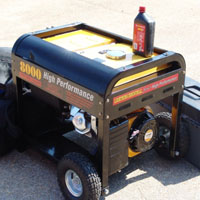 A generator is an important part of any disaster preparedness plan. Barry Kellogg, VMD  A prepared and dedicated staff will help you continue to meet your clients' needs during an emergency. Barry Kellogg, VMD
Create a Sister Facility PlanAdditionally, a very inexpensive, easy to establish, and potentially lifesaving idea is to adopt a “sister facility” that is similar to the one you are responsible for or already work with. The way it works is to – in advance – identify a facility that is not right next door, but near enough to partner with in case of a disaster. This is important because you don't want a facility that would be close enough to be affected by the same disaster as your facility would be, but not so far that it wouldn't be easily accessible when their help is needed. Then, this sister facility could be called upon to be your backup (and you would be theirs) after or during a disaster. They (or you) could be used as a place to send evacuated animals, store medications and other materials that require refrigeration, provide computer and records access, and even provide back-up staff. I have personally seen this set-up work extremely well in both flooding and fire situations. It could even be a concept developed through your local veterinary medical association or other professional association, which sometimes is great way to eliminate any impediments to progress. The details of preparing an actual plan are far too complex for this column, however there are some excellent resources available (listed below) that can help you through the process and allow you to create a plan that addresses the four major topics above. The most important thing is to have a plan and be sure it is in writing! RESOURCESAn excellent resource is the AVMA's Disaster Planning for Veterinary Practices, which can be downloaded for free on their website. The AVMA also has developed the very comprehensive Emergency Preparedness and Response Guide, which is also available as a free download on their website. The Humane Society of the United States' Disaster Center has several useful brochures available for download to help you and your clients plan for the needs of your pets, horses, and livestock during an emergency:
 Barry Kellogg, VMD Dr. Barry Kellogg is HSVMA’s Senior Veterinary Advisor. He has more than 30 years of experience in private practice, as well as extensive experience in disaster response. In addition to playing a key role in the development of the VMAT program, he served on the Veterinary Program Leadership Committee for the VMAT program and was its Chairman for 4 years. He has also served as the interim Assistant Director for Disaster Preparedness for the American Veterinary Medical Association, and was a member of and served as the Chair of the Committee on Disaster and Emergency Issues for the AVMA. Read his full bio» |
